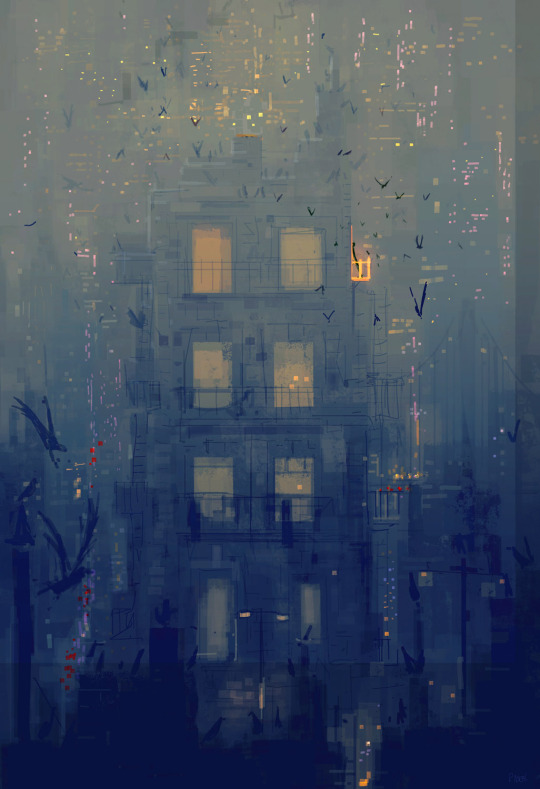Text
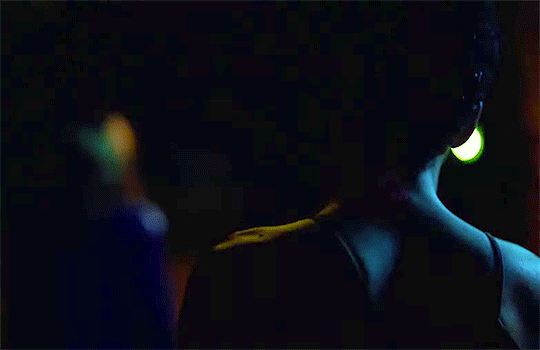




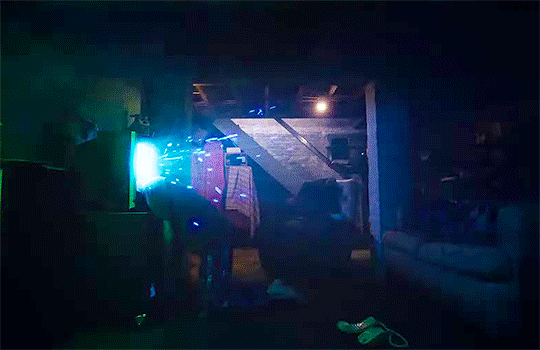
I Saw the TV Glow (2024) dir. Jane Schoenbrun
1K notes
·
View notes
Text
things to say to bugs when science finally unlocks the secrets of human-bug communication:
im not hurting you i am taking you to a safe place
do you eat weird crumbs cause i found some im willing to share
you can bite me if you want but id rather be no-bite friends
i like your big colorful eyes, very stylish
please dont crawl into my sleeves
(sings a duet with a cricket)
225K notes
·
View notes
Text




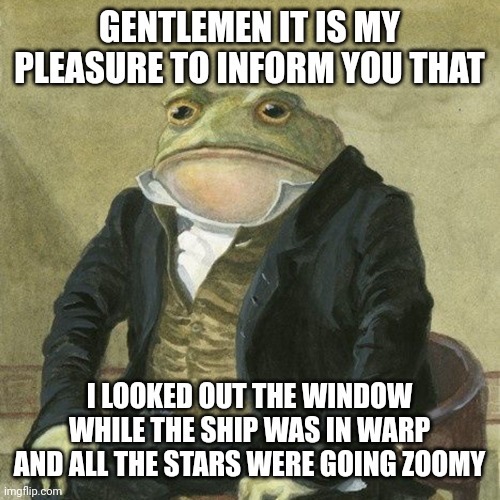



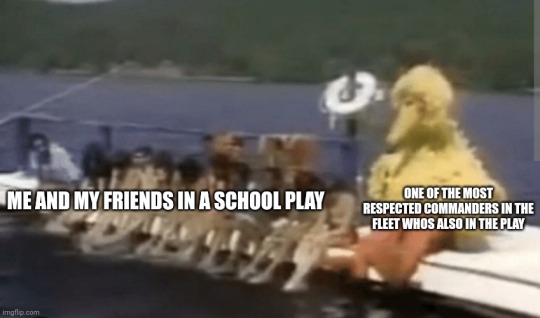

Memes shared by kids who grew up on starships I think they should have sea scout/land scout beef with kids that grew up on Starbases
40K notes
·
View notes
Note
Whats a lichen if not a plant
(Note: writing this response with Capitals™ bc its long and kind of hard to read otherwise, I’m trying to do that more with my longer posts)
Either an ecological event or a superorganism, depending on how you look at it.
To explain this. like. we do not ‘know’ what a lichen is. We know like, what they are, or at least we’re getting increasingly closer to finding out everything that makes up a lichen, but lichenologists have really struggled to define it as like, A Sole Thing. Botanists and mycologists of the past thought lichens were primarily fungi, because when you dried one out and weighed it, most of the dry weight was fungus; this is why today we still name lichens based on their fungal components, while it turns out that the give and take of all organisms in a lichen are pretty much equal.
It’s a symbiotic relationship, we’ve known that for a long time, but now we know, for instance, that some fungi can pair up with different species of algae to make different lichens. How can we reliably name something after it’s fungus if that fungus can pair up with different things to make multiple different ‘species’? And as of 2016 we know that lichens can have up to four different players: a fungus, an algae, a yeast, and (in some families) a second fungus, previously thought to be parasitic on the lichen itself.
I will personally argue that lichens are an ecological event. To me, this theory gets down to lichen reproduction, which is….completely off the shits.
Lichens can reproduce in a few different ways, the simplest ones being 1. a piece of lichen breaks off and lands in a fitting environment, creating a new lichen that’s a clone of the mother system, and/or 2. a lichen has special organs that release specially-made ‘mini lichens’ that have the main components packaged together into little ‘spores’ (these organs are called isidia and soridia, and look slightly different), creating a similar result to #1 with a clone of the mother system.
Now, you may be wondering: ‘But lichens have sexual structures. can’t they have like, Lichen Sex™?’. Which. Like. This is where it gets wild, because it ties back to the ecological mystery of how lichens ‘make new lichens from scratch’ so to speak.
The thing is, those sexual structures don’t have the components paired together. They only produce sexually-made spores of the fungus, and if these spores land in the right conditions, they won’t form a lichen, they’ll form a non-lichenized version of that fungus. So, conventionally, as we currently understand it, the way for them to form a new lichen would be for two compatible spores- one algae and one fungus, or like, one algae and one fungus or one yeast, we don’t know how those other components fit into the equation yet– to meet in the right conditions, under which case the pair recognizes each other and starts to spontaneously go down an entirely different developmental path to become a lichen. Keep in mind that lichen and algae spores are like…everywhere in the air and in the world around us, just the majority of them don’t find the proper growing conditions and die, so this does happen enough to make all the lichens we see on a day to day basis.
But. There are agonizing mysteries about this process. For example:
-We do not know how the algae and fungal spores, when they meet, know that they’re compatible in the first place. Like, on a cellular level.
-We do know that after a certain point, the organisms involved are locked into their developmental path. They need to meet at an extremely young age (as spores) to become a lichen. If a mature fungus and a mature algae meet, nothing happens, even if they would have been compatible as spores.
-Science, to my knowledge, still has not yet been able to replicate the ‘lichens being made from scratch’ process in a lab. The spores will recognize each other and start developing on a microscopic level, and then they’ll just….stop developing and die, which is why we can only produce new lichens in a lab by growing sterilized fragments from old lichens. Whether or not we’ve just been like, missing all the ‘ingredients’ and you need a yeast or second fungus or something to finish the process, I have no idea.
In conclusion: Lichens are mysterious soups. Lichens, to me, aren’t a thing that lives, but more like a thing that happens between living things. It’s an event of several different things coming together to proliferate on a tree or a rock or wherever, and they are everywhere, and we do not know everything about what they are or how they work. Some people, again, will call them ‘superorganisms’, which isn’t wrong either, but I personally like to think about them in a weird like…..temporal sense? Idk man they haunt me every day of my life.
#lichens my love the lichens i adore those little greenhouses made of fungi#nature#things that feel like my studies
3K notes
·
View notes
Text
The entire Discworld fandom on the 25th of May.

1K notes
·
View notes
Text

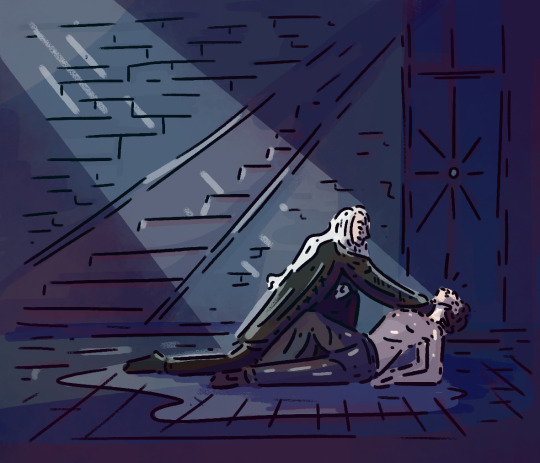


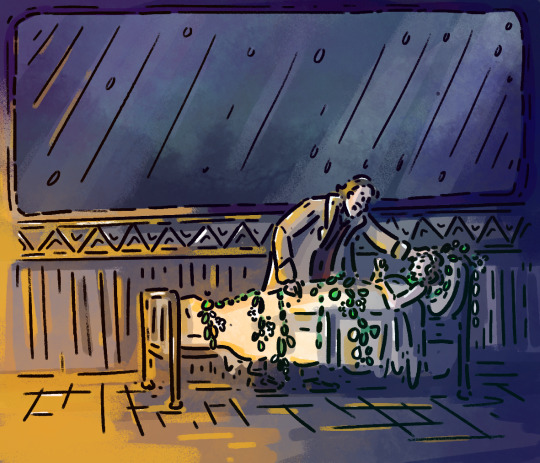



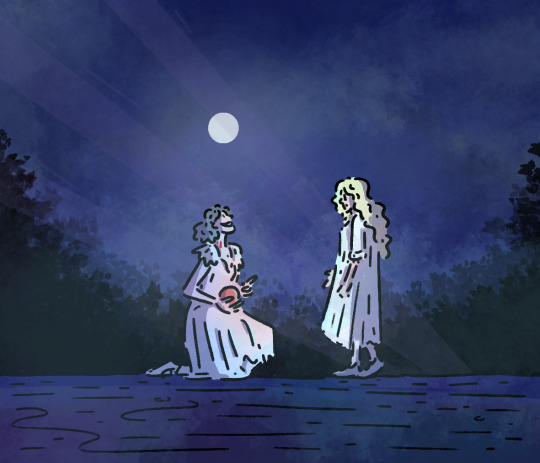

some of my favorite bits from Michael Pink's Dracula ballet. because damn, that vampire sure can dance.
302 notes
·
View notes
Photo
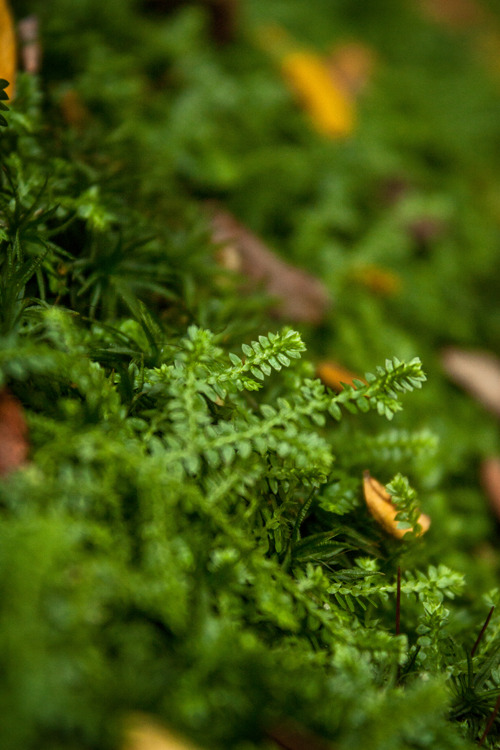
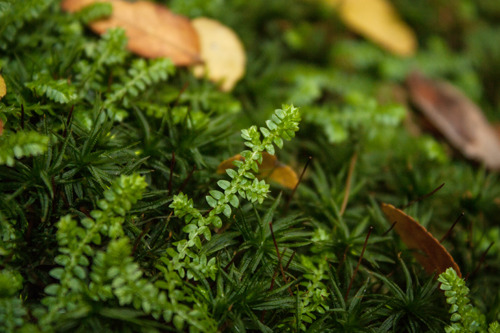
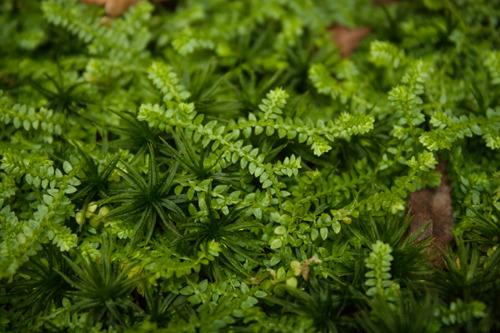
In one of the corners on the outside of my apartment building, there is an incredibly verdant mat of moss, extremely thick, with these fascinating fern-like fronds.
The more “spiky” bits you see in there are a species known as “common hair moss” or “common haircap.” It’s incredibly soft. I see this around a lot. It’s nice.
The other fronds in there are something I couldn’t easily identify. After some research, it seems that it might be a member of the Selaginella genus, maybe a meadow spikemoss, but I’m not entirely sure. The ferny look interested me immediately, and from what I’m seeing, they may in fact not be “true mosses” but more closely related to ferns.
Anyway, these are all super pretty plants, and my photos don’t do them justice - but I wanted to take the pictures while I was in that spot, and before it gets too cold, in case the green decreases during the winter.
148 notes
·
View notes
Text
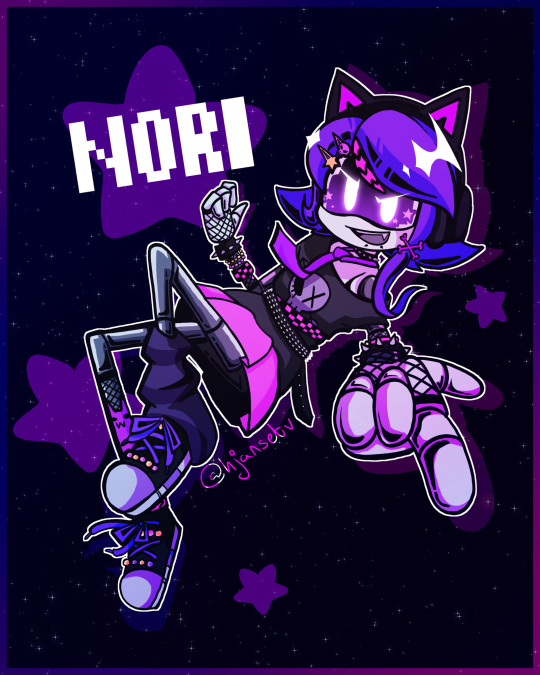
Scene nori my beloved <3
306 notes
·
View notes
Text
2K notes
·
View notes
Text
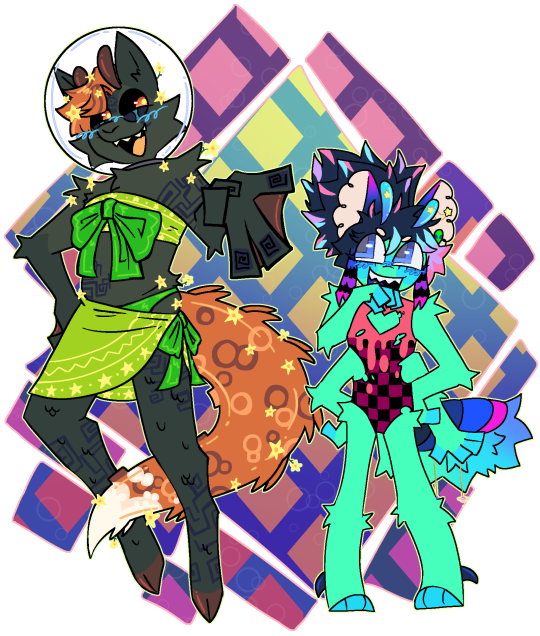
I WANNA BE A BIMBO DOLL !!!
2 notes
·
View notes
Text
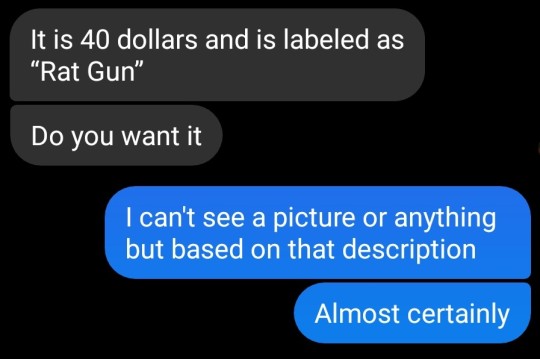
Gonna get myself a fun little surprise I guess
#i love this post because i feel like this house is what my home will end up looking like#curiosities cabinet
159K notes
·
View notes
Text
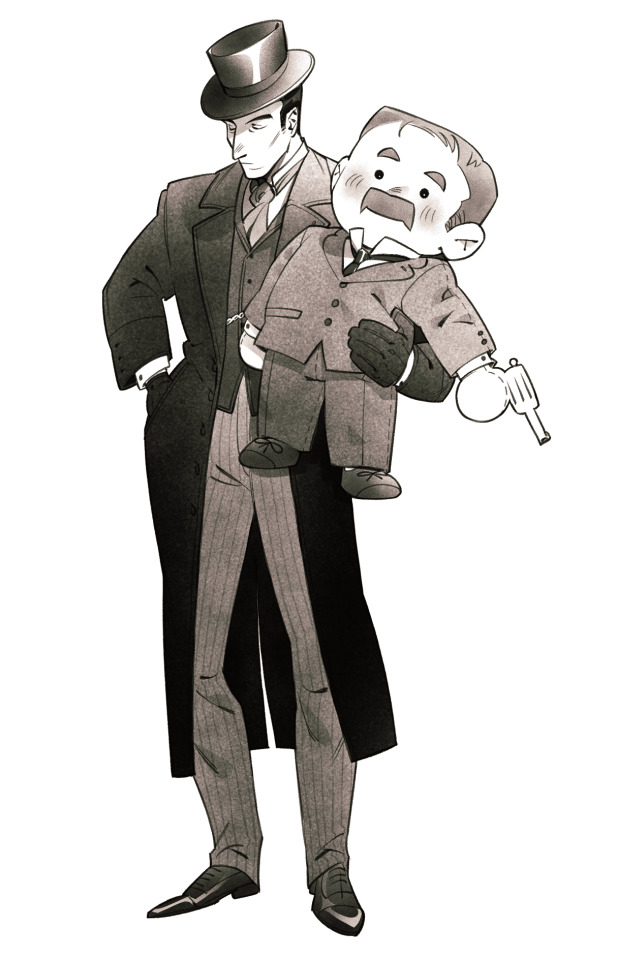
if your watson can't join you on a case, store-bought is fine too
951 notes
·
View notes
Text
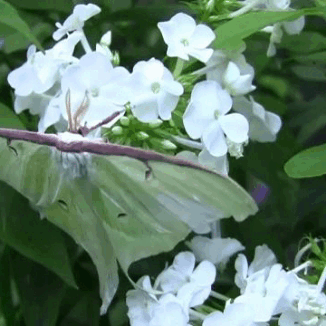

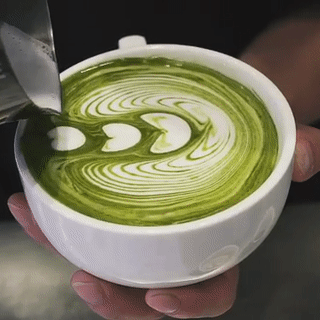





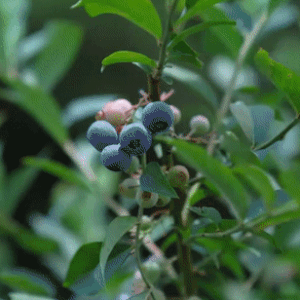
Yue from Laika's Comet!
x x x | x o x | x x x
433 notes
·
View notes
Text

New header image for the blog!
192 notes
·
View notes
Text
I am being driven to madness by the fact that bees and butterflies aren't better studied than other pollinators because they are more important to the ecosystem, they are just better studied because...people like them more?
Seriously
My plants are attracting HUGE amounts of flies, ants, wasps, and moths, and when I identify them and look them up there is no information! Especially flies, wow. They're so diverse, there's SO many different kinds. I'm getting a ton of bee-mimic flies and hover flies.
Wikipedia says hover fly larvae eat aphids while the adults are pollinators. That means they are beneficial in two ways at once! But most of the Wikipedia pages for species are only one sentence, if they exist at all. Likewise here's the wiki page for the most common bee mimic fly where I am. It's one sentence!
If you only pay attention to butterflies and bees, and plant the plants that are the best for butterflies and bees, you would maybe neglect keystone plants that support the largest amount of other insects. And these insects are like, a massive proportion of the bugs in a healthy ecosystem. And birds and mammals need bugs for food! A lot of birds are mostly insectivorous, and anyways, an unbalanced diet of all bird seed can't be healthy even for the omnivorous birds. They need to eat a variety of foods!
Not to mention that larvae are necessary for feeding baby birds!
The back yard is overflowing with birds. There are red-bellied woodpeckers, a gray catbird, a barn swallow, tree swallows, wrens, sparrows, house finches, goldfinches, bluebirds, bluejays, grackles, orioles, cardinals, doves, and a bunch of others I'm forgetting about, and they are constantly singing and making a commotion, and it's louder now than the ugly man-made sounds that are always barging in through the quiet.
1K notes
·
View notes
Text
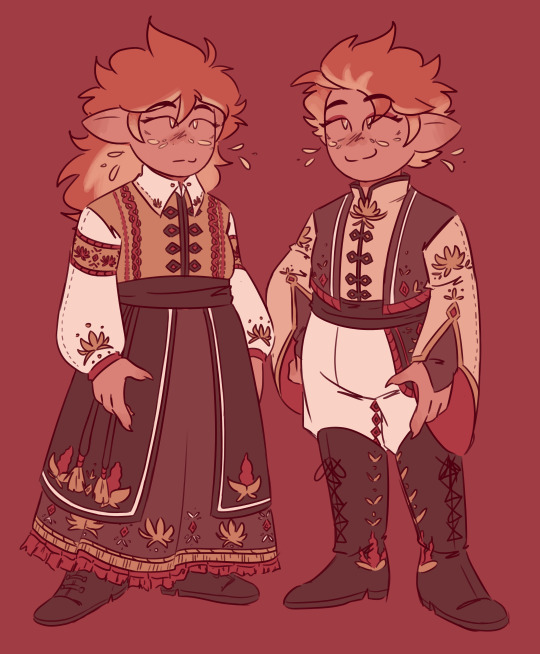
Since I based Amaranth's clothes on traditional polish clothes, I decided to try to also use that as a base for some of Chrys' clothes, both before and after transitioning. And oh boy this was a lot of details vndndfnj
Now, he still will have an outfit closer to the one I've been drawing him on, so it's not being discarted, both outfits will co-exist, once I do another pass over on that one. Might also do another passover on these ones, I feel like there needs to be less dark colors there, and more oranges too. But I'm pretty happy with this experiment!
36 notes
·
View notes
